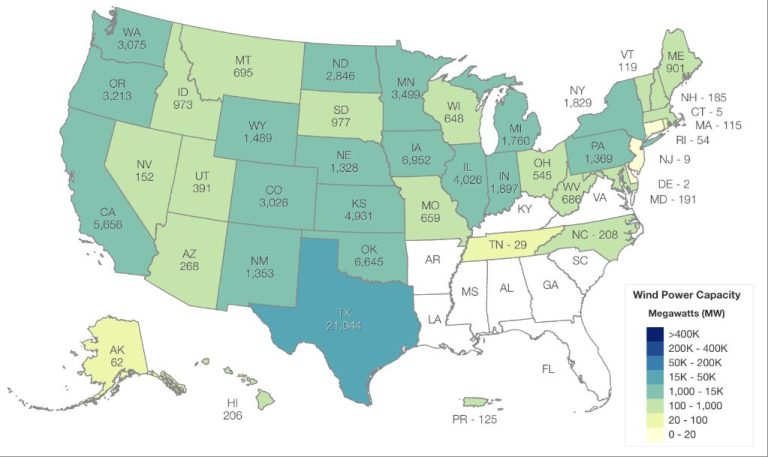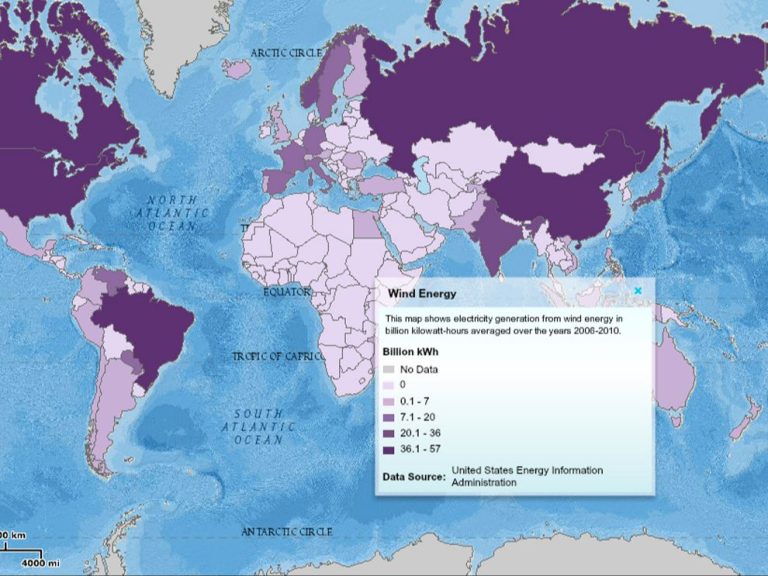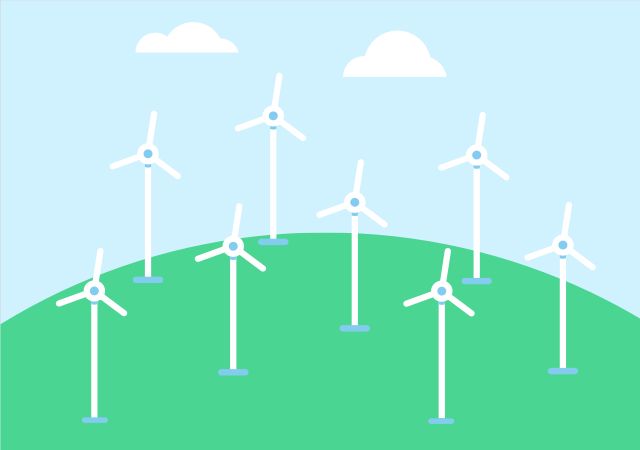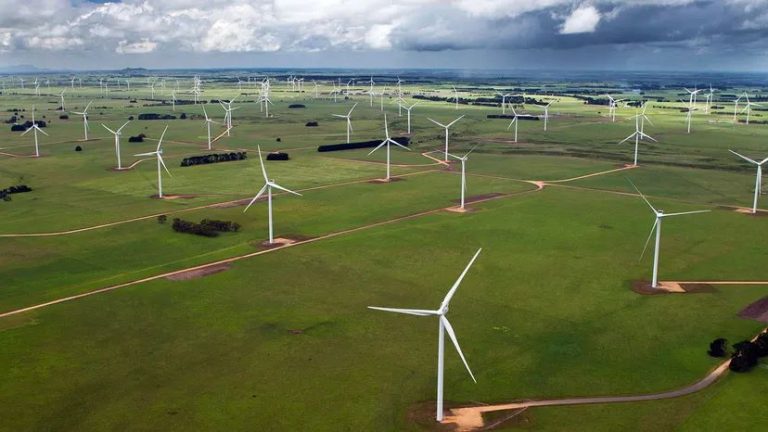Is Wind Power In Trouble?
Introduction
Is wind power in trouble? That provocative question has been making headlines recently as the wind industry faces mounting economic and political headwinds. After years of exponential growth, wind power expansion has slowed dramatically across the United States and Europe. Turbine manufacturers are selling at a loss, projects are getting scrapped, and the industry is in crisis mode.
Yet wind still holds enormous potential as a renewable energy source. Wind power comprises over 10% of electricity generation in the US and EU, and near-shore and offshore resources remain untapped. How the industry navigates current challenges will determine the future trajectory of wind energy. This article examines the key factors behind wind power’s troubles and whether the industry can overcome present obstacles.
Growth of Wind Power
Wind power capacity has grown substantially over the past decade. According to the International Energy Agency (IEA), global wind power capacity reached 821 GW in 2021, more than doubling since 2015 when capacity was 391 GW (IEA). The United States is second only to China in total installed wind power capacity, with 142 GW as of 2022. This is up from just 40 GW in 2010, representing an average annual increase of 11% (Center for Sustainable Systems). In 2021 alone, wind power capacity in the U.S. grew by nearly 17 GW. Worldwide, wind power generation increased 14% in 2022 to over 2,100 TWh, the second highest annual growth on record (IEA). The growth of wind power demonstrates its increasing viability as a renewable electricity source.
Economic Challenges
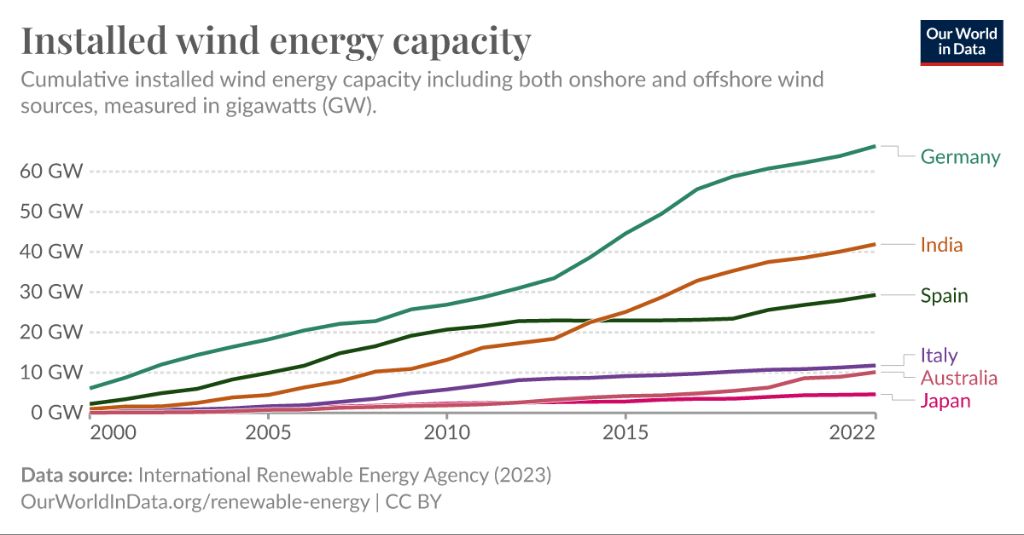
One of the biggest challenges facing the wind power industry is economic competition from other energy sources like natural gas and solar PV. As the DOE reports, the costs of these other energy sources have fallen dramatically in recent years, making them strong competitors to wind power in some regions. The shale gas boom in particular has driven down natural gas prices and made gas-fired power plants more economical to operate. Meanwhile, the costs of solar panels have plummeted as manufacturing has scaled up, and solar farms can produce power at very competitive rates, especially in sunny regions. As a result, wind power is facing stiffer economic competition in wholesale power markets and having a harder time signing favorable long-term contracts with utilities.
Political Headwinds
The growth of wind power faces political uncertainty as changes in political leadership can lead to shifting policies. Investor confidence in long-term wind projects depends on predictable policies and incentives. However, changes between political parties and administrations have created uncertainty about the future shape of wind power policies.
For example, Popular rural energy program faces political uncertainty as House Republicans have proposed cutting nearly $500 million from the Rural Energy for America Program, also known as REAP. This program has provided grants and loans to help agricultural producers and rural small businesses install renewable energy systems since 2002 (https://scrippsnews.com/stories/popular-rural-energy-program-faces-political-uncertainty/).
Additionally, Regulatory Uncertainty and Offshore Wind Power in the U.S. and the U.K. by Hartland et al. explains how political uncertainty affects offshore wind power expansion. Sudden policy changes related to tax incentives, subsidies, or regulations create uncertainty and could stall future wind energy projects (https://scholarship.law.upenn.edu/cgi/viewcontent.cgi?article=1260&context=jil).
The shifting political landscape creates challenges for consistent, long-term growth of wind power. Investors and developers need confidence that policies will remain stable between election cycles and changes in party control. Reducing policy uncertainty could help spur faster expansion of wind energy.
Transmission Constraints
One major challenge facing the growth of wind power is transmitting the electricity from remote wind farms to population centers that need the power. Wind turbines are often located in rural areas far from cities and towns as this is where strong and consistent winds are found, such as the Great Plains of the United States. However, transmitting the power over long distances raises difficulties.
According to the article “Challenges of Wind Energy Transmission and Distribution”, the sheer size and weight of wind turbine components makes transportation difficult and costly. Upgrading transmission infrastructure to handle the increase in wind capacity is also expensive.
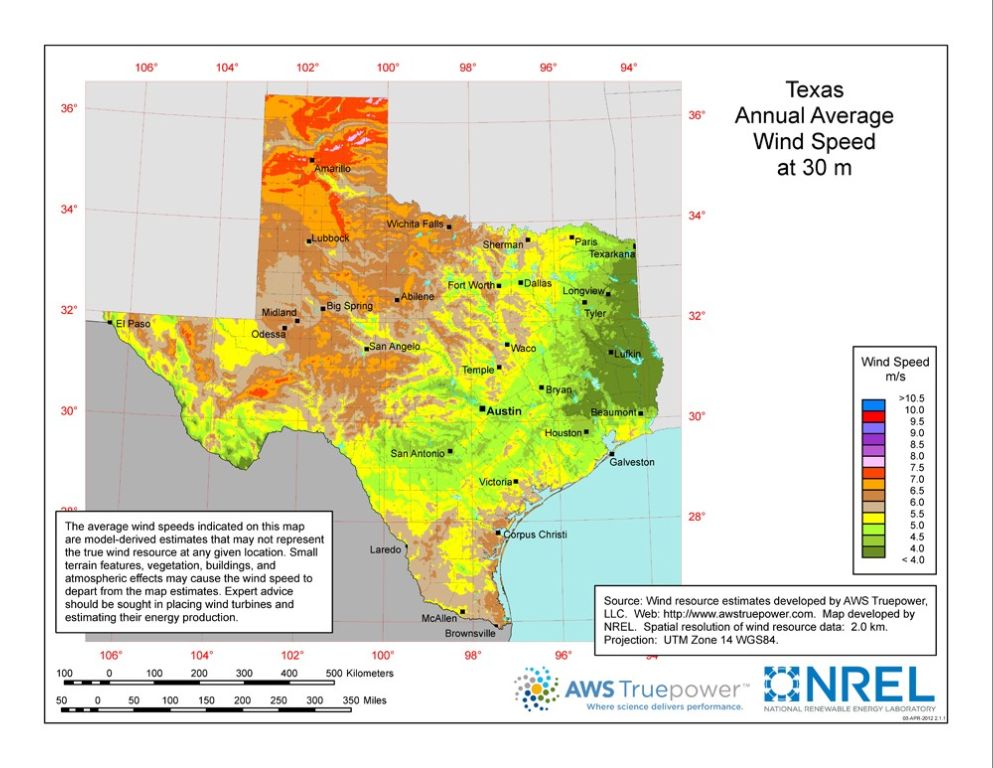
Texas leads the nation in wind power generation, but most of the wind farms are located in the western and northern rural parts of the state while the major population centers are in central and eastern Texas. This requires massive transmission projects to get the wind power to where it’s needed, which has constrained the development of wind in Texas. Expanding transmission is critical for the continued growth of wind energy.
Local Opposition
Wind energy projects often face local opposition over concerns about viewshed impacts, noise, and effects on birds. According to a study published in the Proceedings of the National Academy of Sciences, wind farms experiencing opposition were more likely to be located in areas with larger percentages of white residents. Another study from the University of California, Santa Barbara found that proposed wind projects in whiter communities were significantly more likely to fail to be approved.
Viewshed impacts are a common concern, as local residents object to the visibility of large wind turbines dotting the landscape. Proposed offshore wind farms have faced opposition from coastal homeowners concerned about impacts on ocean views and scenery. Noise is another issue, as the spinning turbine blades can produce audible sound waves. Setback requirements from homes aim to limit noise disturbances, but remain a point of contention. Lastly, bird and bat mortality from turbine collisions prompts objections from wildlife advocates. Overall, overcoming local opposition poses an ongoing challenge for wind farm developers.
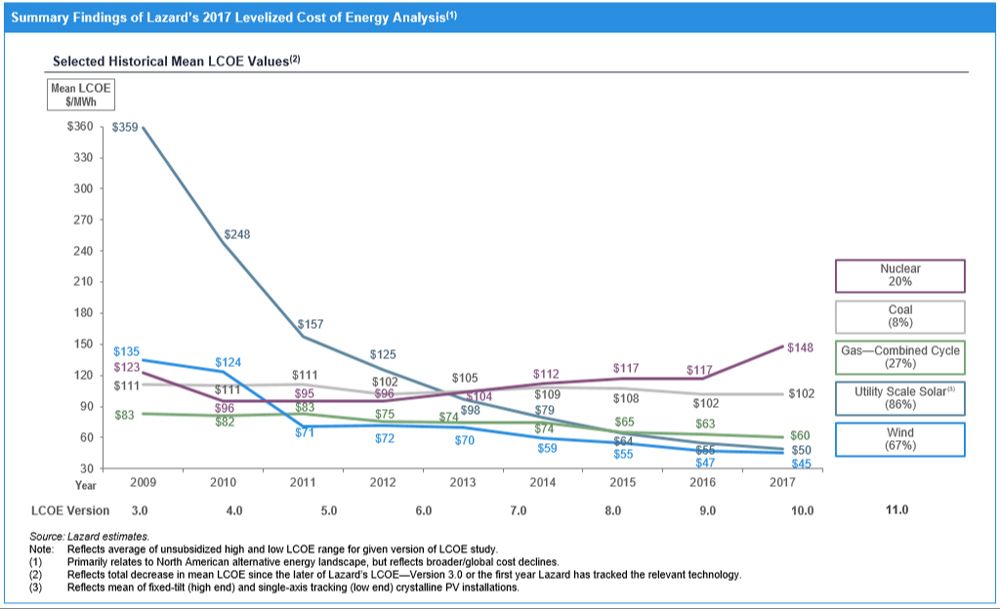
Competitiveness of Wind
The cost of wind power has become increasingly competitive with traditional fossil fuel sources like coal and natural gas. According to a 2021 report from the National Renewable Energy Laboratory, the levelized cost of energy (LCOE) for new onshore wind power projects in the U.S. ranges from $26-50 per megawatt-hour (MWh) [1]. This is well below the estimated average LCOE of $37-44/MWh for new natural gas plants. The costs for offshore wind are higher at around $83/MWh, but are quickly declining as the technology matures. The U.S. Energy Information Administration estimates the LCOE for onshore wind capacity ranges from $30-59/MWh across different regions of the country [2].
Compared to other renewable sources like solar PV, wind remains competitive. The LCOE estimates for utility-scale solar PV plants range from $26-44/MWh, largely overlapping with onshore wind [1]. This makes both solar and wind highly cost-competitive with fossil fuel alternatives. With rapidly declining costs and no fuel expenses, the economics of wind power are becoming increasingly favorable versus traditional power plants.
Offshore Wind Potential
The United States has vast offshore wind energy potential, especially along the Atlantic coast. According to the National Renewable Energy Laboratory (NREL), the technical resource potential for U.S. offshore wind is more than 4,200 gigawatts of capacity, or 13,500 terawatt-hours per year of generation (https://www.energy.gov/eere/wind/articles/top-10-things-you-didnt-know-about-offshore-wind-energy). That’s double the nation’s current electricity use. This massive potential exists because offshore wind speeds tend to be faster and more consistent than onshore, leading to higher energy generation.
Areas with especially high offshore wind potential include the Atlantic coast from North Carolina to Maine, the Great Lakes, Hawaii, and the Pacific Northwest. According to analysis by the Energy Sector Management Assistance Program (ESMAP), the technical potential off the Atlantic coast alone exceeds 1,100 GW (https://www.esmap.org/esmap_offshorewind_techpotential_analysis_maps). With abundant offshore wind resources available, the U.S. is well-positioned to dramatically scale up offshore wind energy production.
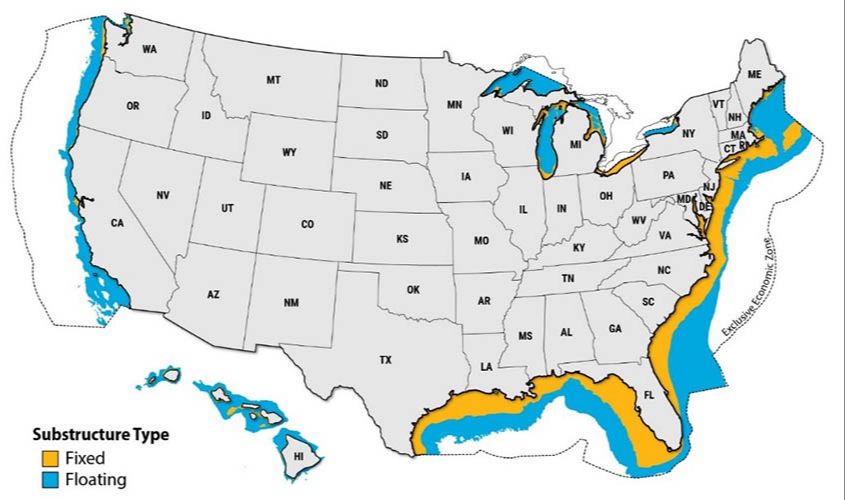
Storage and Demand Management
While wind power tends to be variable and intermittent, storage and demand response technologies can help smooth out fluctuations and better align supply with demand patterns. As the NREL report explains, “Storage and demand response provide means to better align wind and solar power supply with electricity demand patterns: storage shifts the timing of supply, and demand response shifts the timing of demand” (https://www.nrel.gov/docs/fy15osti/63041.pdf). Energy storage systems, like batteries and pumped hydro storage, can store excess wind energy when generation exceeds demand and discharge when wind output is lower. Similarly, demand response programs incentivize consumers to shift or curtail electricity usage during peak times to better match demand curves with wind availability. According to Greening the Grid, “Demand response and storage are tools that enhance power system flexibility by better aligning variable renewable energy (RE) supply with electricity demand” (https://www.greeningthegrid.org/Grid-Integration-Toolkit/Topics-And-Resources/demand-response-and-storage). By integrating storage and demand response with wind farms, utilities can utilize excess generation and smooth out the variability, making wind a more reliable and grid-friendly resource.
Conclusion
In conclusion, while wind power has experienced tremendous growth in recent years and offers many benefits as a renewable energy source, it faces an uncertain future due to a combination of economic, political, technological, and social challenges. Declining costs and government subsidies fueled the expansion of wind farms, but market shifts and policy changes have made the economics of wind less favorable. Wind projects face siting challenges and local opposition in many regions. Upgrading transmission networks to handle increasing wind capacity represents a major infrastructure challenge. Perhaps most critically, wind’s intermittent output makes it hard to integrate at scale without improved storage technology or smarter grid management. However, offshore wind offers largely untapped potential, and technology improvements may enhance wind’s viability and competitiveness. With thoughtful policies and strategic investment, wind can remain an important component of a clean energy future, although it is unlikely to singlehandedly power our economies as once hoped.

